
Dr. James McCaffrey of Microsoft Research explains how to implement a geometry-inspired optimization technique called spiral dynamics optimization (SDO), an alternative to Calculus-based techniques that may reach their limits with huge neural networks.
- By James McCaffrey
- 08/02/2021

Dr. James McCaffrey of Microsoft Research uses a full movie review example to explain the natural language processing (NLP) problem of sentiment analysis, used to predict whether some text is positive (class 1) or negative (class 0).
- By James McCaffrey
- 07/06/2021
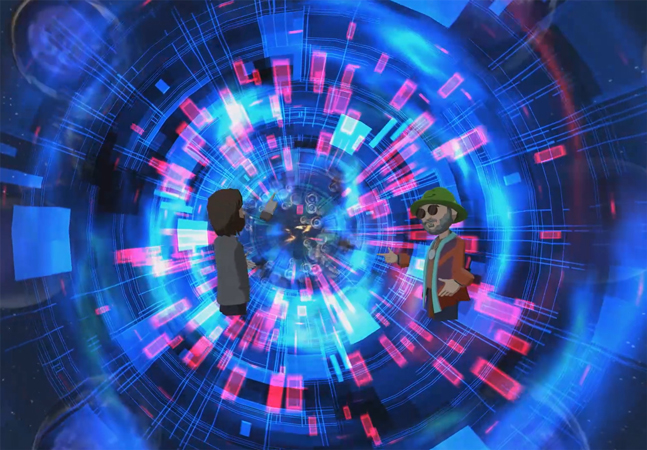
Dr. James McCaffrey of Microsoft Research demonstrates applying the L-BFGS optimization algorithm to the ML logistic regression technique for binary classification -- predicting one of two possible discrete values.
- By James McCaffrey
- 06/23/2021

With advanced IntelliSense/IntelliCode functionality continually being infused into Visual Studio 2019, some developers are using the Quick Actions and Refactorings light bulb to learn new C# coding tricks.

Test projects give you a way to exercise your code to see if it works but they're also part of your project's "permanent record." If all you want to do is try something out with some throwaway code, C# Scripting in Visual Studio might be a better choice.
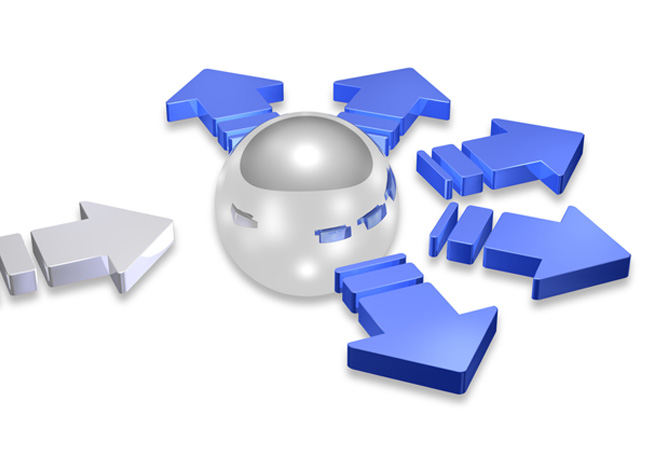
SQL Server's OpenJson function will let you dismantle JSON structures into relational tables, including tables with foreign/primary key relationships.
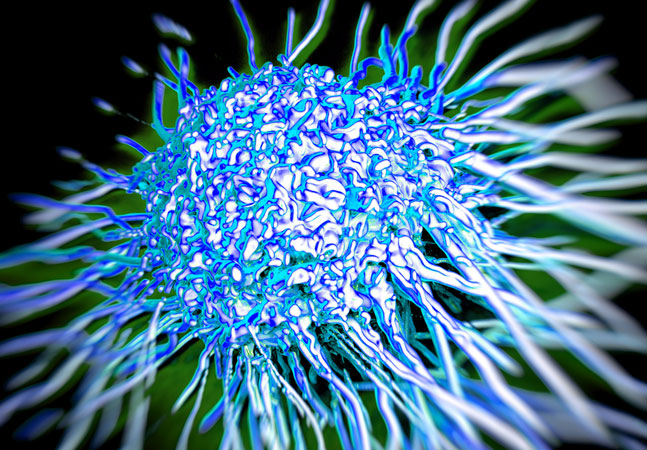
Dr. James McCaffrey of Microsoft Research explains a generative adversarial network, a deep neural system that can be used to generate synthetic data for machine learning scenarios, such as generating synthetic males for a dataset that has many females but few males.
- By James McCaffrey
- 06/02/2021

Here's how you can use SQL Server's OpenJson function to dismantle JSON structures into relational tables targeting either transactional systems or data warehouses.

Dr. James McCaffrey of Microsoft Research provides a code-driven tutorial on PUL problems, which often occur with security or medical data in cases like training a machine learning model to predict if a hospital patient has a disease or not.
- By James McCaffrey
- 05/21/2021

Testing can be problematic for devs who just want to code and leave the testing to specialists, but many have to DIY. These tools help with that.

Generating synthetic data is useful when you have imbalanced training data for a particular class, for example, generating synthetic females in a dataset of employees that has many males but few females.
- By James McCaffrey
- 05/07/2021
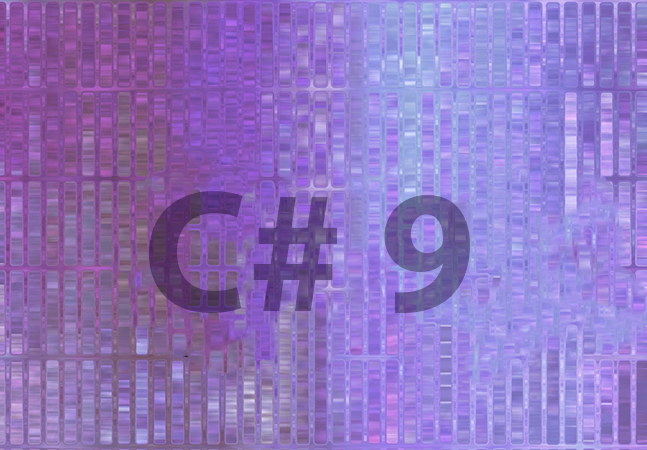
C# 9 gives you a better way to create value objects and some simpler code to use while doing it. But even if you don't care about value objects, the new keyword has some cool changes.
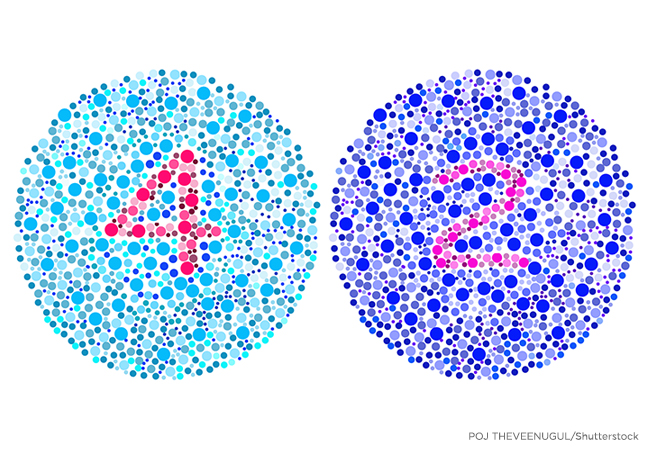
Dr. James McCaffrey of Microsoft Research provides full code and step-by-step examples of anomaly detection, used to find items in a dataset that are different from the majority for tasks like detecting credit card fraud.
- By James McCaffrey
- 04/13/2021

You're missing out on some cool features if you're building applications in .NET Core 3 and not exploiting the new features in C# 8. Here's what Peter thinks are the ones you'll find most useful.

When training data won't fit into machine memory, a streaming data loader using an internal memory buffer can help. Dr. James McCaffrey of Microsoft Research shows how.
- By James McCaffrey
- 04/01/2021

Dr. James McCaffrey of Microsoft Research explains how to evaluate, save and use a trained regression model, used to predict a single numeric value such as the annual revenue of a new restaurant based on variables such as menu prices, number of tables, location and so on.
- By James McCaffrey
- 03/12/2021

The goal of a regression problem is to predict a single numeric value, for example, predicting the annual revenue of a new restaurant based on variables such as menu prices, number of tables, location and so on.
- By James McCaffrey
- 03/03/2021

Dr. James McCaffrey of Microsoft Research presents the second of four machine learning articles that detail a complete end-to-end production-quality example of neural regression using PyTorch.
- By James McCaffrey
- 02/11/2021
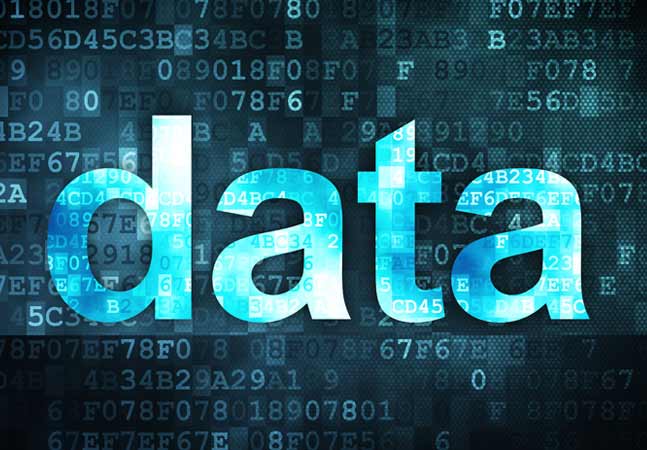
Dr. James McCaffrey of Microsoft Research presents the first in a series of four machine learning articles that detail a complete end-to-end production-quality example of neural regression using PyTorch.
- By James McCaffrey
- 02/02/2021

Dr. James McCaffrey of Microsoft Research continues his four-part series on multi-class classification, designed to predict a value that can be one of three or more possible discrete values, by explaining model accuracy.
- By James McCaffrey
- 01/25/2021